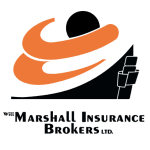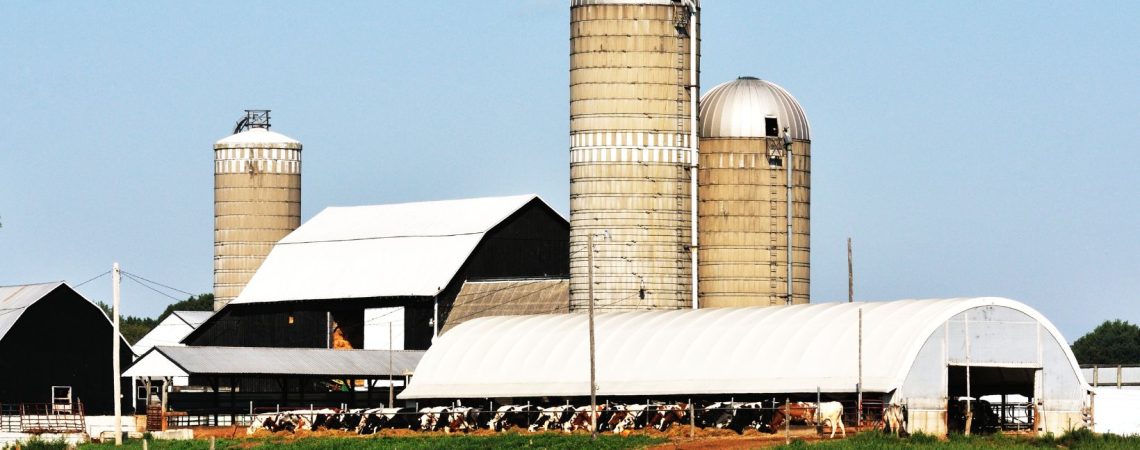In the vast and varied landscape of Canada, farming is more than just a livelihood; it’s a way of life. Yet, like any other business, it comes with its fair share of risks and uncertainties. From unpredictable weather patterns to unexpected livestock illness, these risks can have significant financial impacts. This is where farm insurance comes into play. But what exactly does a typical farm insurance policy cover in Canada? In this blog post, we delve into the intricacies of farm insurance policies in Canada, shedding light on what they encompass, their importance, and how they safeguard the interests of farmers across the country.
Why is Farm Insurance Necessary?
Farm insurance is absolutely crucial for anyone involved in the farming industry. It’s a safety net that protects farmers from the financial consequences of various unforeseen circumstances. The farming business is inherently vulnerable to a multitude of risks – from natural disasters like floods, droughts, and storms to market fluctuations and crop diseases. Livestock are susceptible to illness or injury, and machinery can break down when you least expect it.
These unpredictable events can lead to significant losses, disrupting operations and impacting income. With a comprehensive farm insurance policy, however, farmers can mitigate these risks, secure their assets, and ensure the continuity of their operations, thereby providing them with peace of mind in a profession that is often at the mercy of factors beyond their control.
Components of a Typical Farm Insurance Policy in Canada
Farm insurance is designed to protect the diverse aspects of a farming operation. It’s a comprehensive policy that covers various components, each tailored to address specific risks associated with different areas of the farm. We’ll go through some of the typical components of a farm insurance policy.
Coverage for Buildings and Structures
This component of farm insurance provides coverage for the physical structures that play a crucial role in farm operations. These could include barns, silos, greenhouses, storage facilities, and even your home if it’s situated on the farm. Coverage for buildings and structures ensures that you’re financially protected in the event of damages caused by insured perils such as fire, windstorm, hail, or vandalism. This kind of insurance is essential as it helps farmers rebuild and repair structures quickly, ensuring minimal disruption to the farm’s operations.
Livestock Insurance Coverage
Livestock is often one of the most valuable assets on a farm, and thus, protecting them is a high priority. Livestock insurance coverage offers protection against unforeseen circumstances that can lead to the death or injury of animals. This could include disease outbreaks, accidents, extreme weather conditions, or attacks by wild animals. Some policies may also cover theft. Livestock insurance coverage can help offset the financial loss associated with these incidents, ensuring that farmers can continue their operations and replace lost or injured livestock.
Crop Insurance Coverage
Crops are the lifeblood of many farming operations, and any damage to them can have severe financial implications. Crop insurance coverage is designed to protect farmers against losses that may arise due to various risks such as drought, floods, pests, and diseases. Some policies even cover revenue losses resulting from a drop in market prices. By providing compensation for crop damage or loss, this type of insurance ensures that farmers can recover financially and continue their operations without significant disruption. This type of insurance is provided by the government only.
Farm Machinery and Equipment Coverage
Farming is a demanding industry that relies heavily on machinery and equipment. From tractors and harvesters to irrigation systems and milking machines, these tools are essential for a farm’s productivity and efficiency. However, they’re also susceptible to breakdowns and damage. Farm machinery and equipment coverage offers protection against the sudden replacement costs that can result from unexpected malfunctions or accidents. This way, farmers can maintain the smooth running of their operations without worrying about the financial burden of equipment-related issues.
Liability Coverage
In the course of farming operations, there’s always a risk of accidents that can result in injury to others or damage to their property. For example, a visitor could get injured on your farm, or your livestock could wander off and cause damage to a neighbour’s property. Liability coverage protects farmers from the financial fallout of such incidents. It covers legal fees, medical costs, and any damages awarded in a lawsuit. By including liability coverage in their farm insurance policy, farmers can safeguard themselves against potential legal liabilities, ensuring their peace of mind.
Factors Influencing the Cost of Farm Insurance
The cost of farm insurance can vary significantly from one policy to another. This is because it’s influenced by a number of factors that are unique to each farming operation. Understanding these factors can help you anticipate the potential cost of your policy and make more informed decisions when shopping for farm insurance. The three key factors that we will discuss here are the location of the farm, the size and type of the farm, and past insurance claims.
Location of the Farm
The geographical location of a farm can have a significant impact on the cost of its insurance. Factors such as climate, weather patterns, and the prevalence of natural disasters in the area all play a role. For instance, if a farm is located in an area that’s prone to floods or severe storms, the insurance premiums may be higher due to the increased risk of damage. Similarly, farms in regions with high crime rates may face higher premiums due to the elevated risk of theft or vandalism.
Size and Type of the Farm
The size and type of the farm also influence the cost of farm insurance. Larger farms typically require more extensive coverage, leading to higher premiums. Similarly, the type of farming activities conducted on the property matters. For example, a dairy farm with a large herd of cows may have higher insurance costs than a grain farm due to the additional risks associated with livestock.
Past Insurance Claims
Insurance providers often take into account the history of claims made by the farmer. If a farmer has made several claims in the past, the insurer may view the operation as high-risk, resulting in higher premiums. Conversely, a clean claims record could potentially result in lower insurance costs. It’s beneficial for farmers to implement safety measures and risk management practices to minimize the likelihood of needing to make a claim.
Conclusion: Safeguarding Your Farm with Insurance
Investing in a comprehensive farm insurance policy is a crucial step in safeguarding your farming operation. From protecting your buildings, livestock, and crops to covering machinery and potential liabilities, the right insurance can help you navigate unforeseen challenges and financial risks. Therefore, it’s essential to work with a knowledgeable insurance broker who can guide you through the process, helping you understand your needs and options and ensuring you get the best coverage for your unique farming operation. Remember, your farm is not just your business; it’s your legacy. Protect it well.
Contact WMIB for Your Farm Insurance Needs
If you’re seeking comprehensive coverage for your farm, look no further than Will Marshall Insurance Brokers. Our team of experienced insurance professionals is dedicated to helping you find the right policy that meets your unique needs and budget. We understand the challenges and risks involved in farming and are committed to providing you with the peace of mind you deserve. Don’t leave your farm’s future to chance. Contact us today to discuss your farm insurance options and get a personalized quote. Let WMIB be your trusted partner in protecting your farm and your livelihood.

